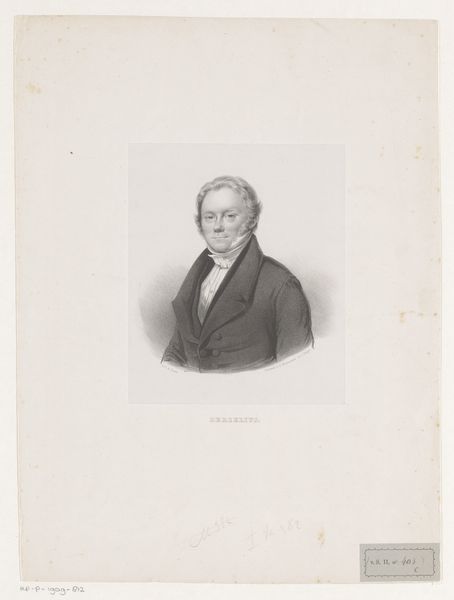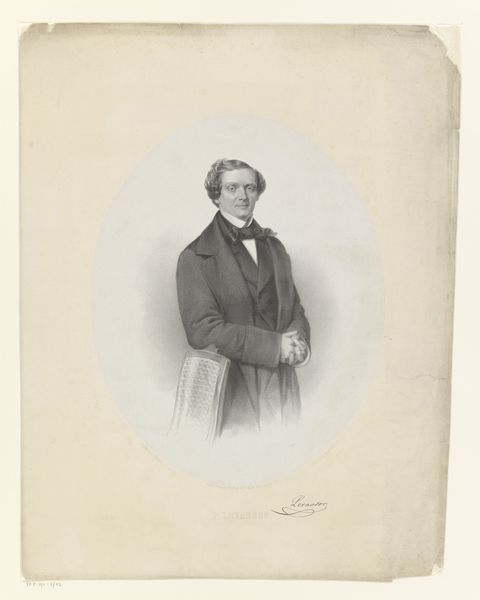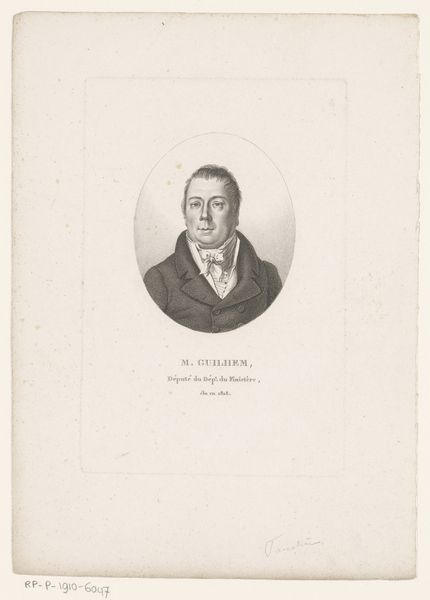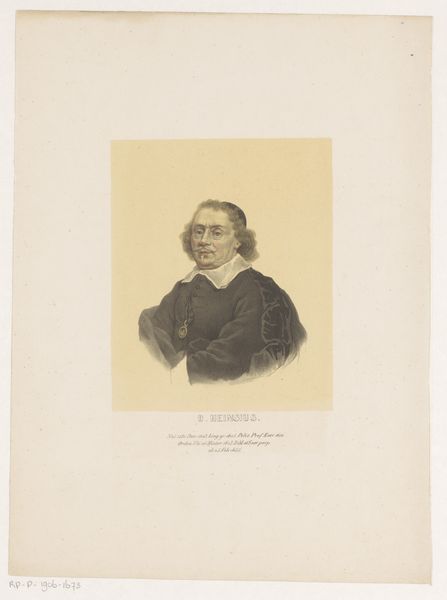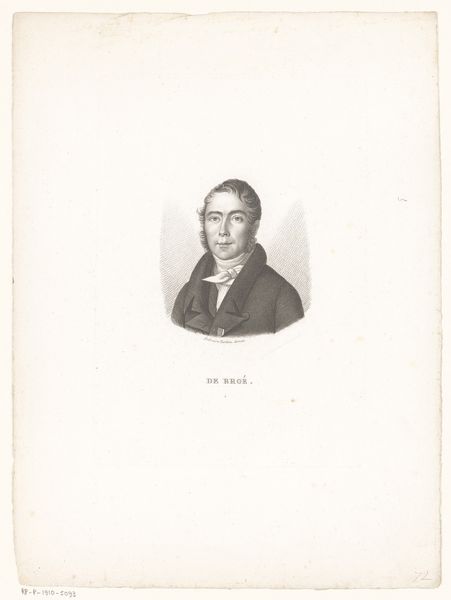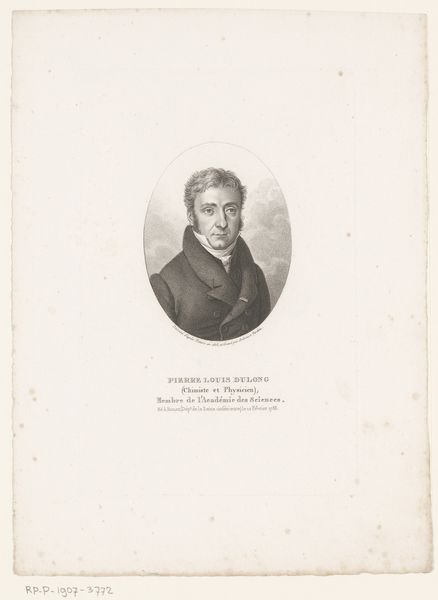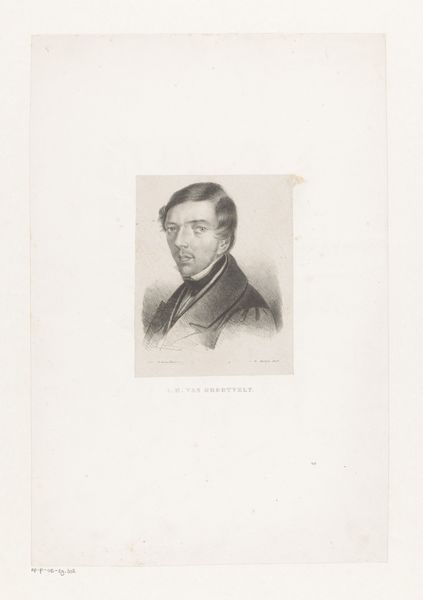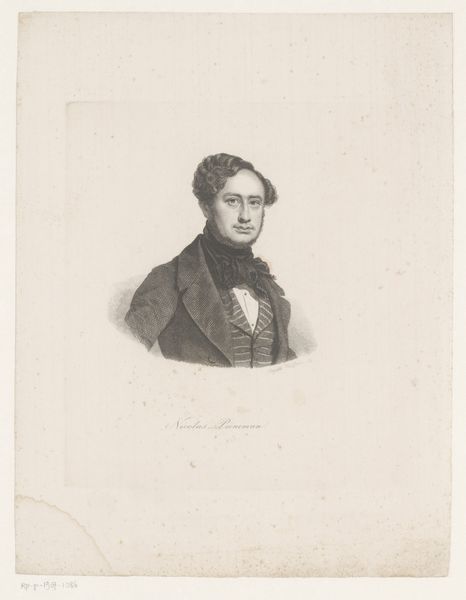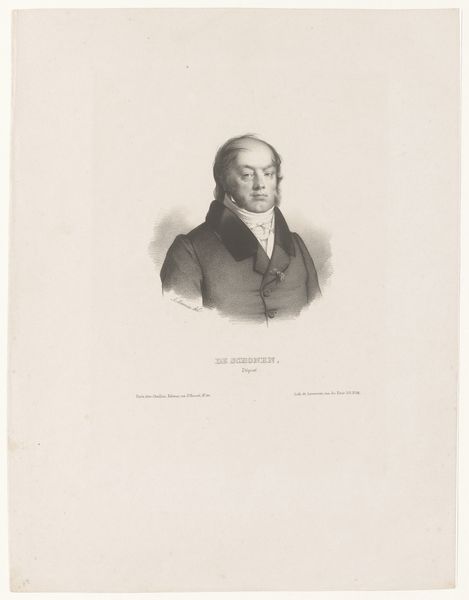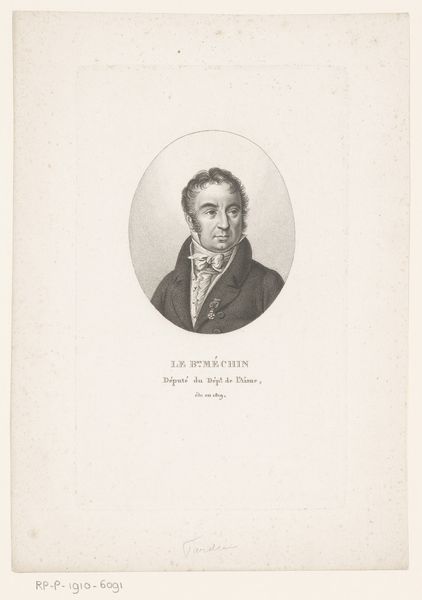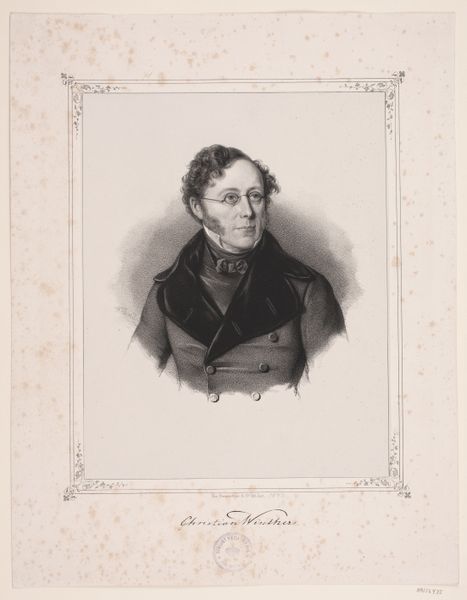
print, engraving
#
portrait
#
pencil drawn
# print
#
pencil sketch
#
line
#
history-painting
#
engraving
#
realism
Dimensions: height 214 mm, width 140 mm
Copyright: Rijks Museum: Open Domain
Curator: Before us, we have an engraving entitled "Portret van Jean-Baptiste Massillon," created between 1820 and 1828 by Ambroise Tardieu. Editor: The first thing I notice is the oval frame—it’s such a classic formal element. The shading is skillfully executed. Curator: It's an intriguing image when considered through the lens of clerical power. Massillon, a prominent bishop, embodies the complex relationship between religious authority and social status in post-revolutionary France. His composed, almost stoic, expression belies the turbulence of the era. Editor: True, that expression has an internal intensity but from a compositional point, the rendering of light and shadow creates volume, and directs our eye across his face in a compelling way. The linearity emphasizes bone structure and weightiness. Curator: Indeed, the detail in his garments, contrasts sharply with the austere context of religious life at the time. He wears his identity, while the historical undercurrents are unavoidable when considering church figures who were attempting to restore order to a society reeling from the Revolution. The engraving suggests the restoration of traditional power structures, yet Massillon’s gaze conveys a wisdom borne of navigating immense social upheaval. Editor: And what of the simple line, framing it so rigidly, against the otherwise smooth gradient work? Curator: I find it to be very suggestive. It can be thought of a society confined to its religious roles at the time, which adds yet another dimension to our portrait. The man looks pensively away from the frame that imprisons him. Editor: Yes, this certainly allows one to see, by implication, beyond its immediate aesthetic value to recognize how power can permeate portraiture. The constraints put on identity based on social and historic considerations. Curator: Exactly. Art becomes more than a study of its formal components. We begin to interpret, explore how identity and context influence how we approach a piece of art and perhaps, society as a whole. Editor: Precisely, now looking more closely at its social framework and how identity can be so radically reframed within an era as disruptive as the post-revolutionary period certainly leaves a longer lasting, more challenging aftertaste.
Comments
No comments
Be the first to comment and join the conversation on the ultimate creative platform.
